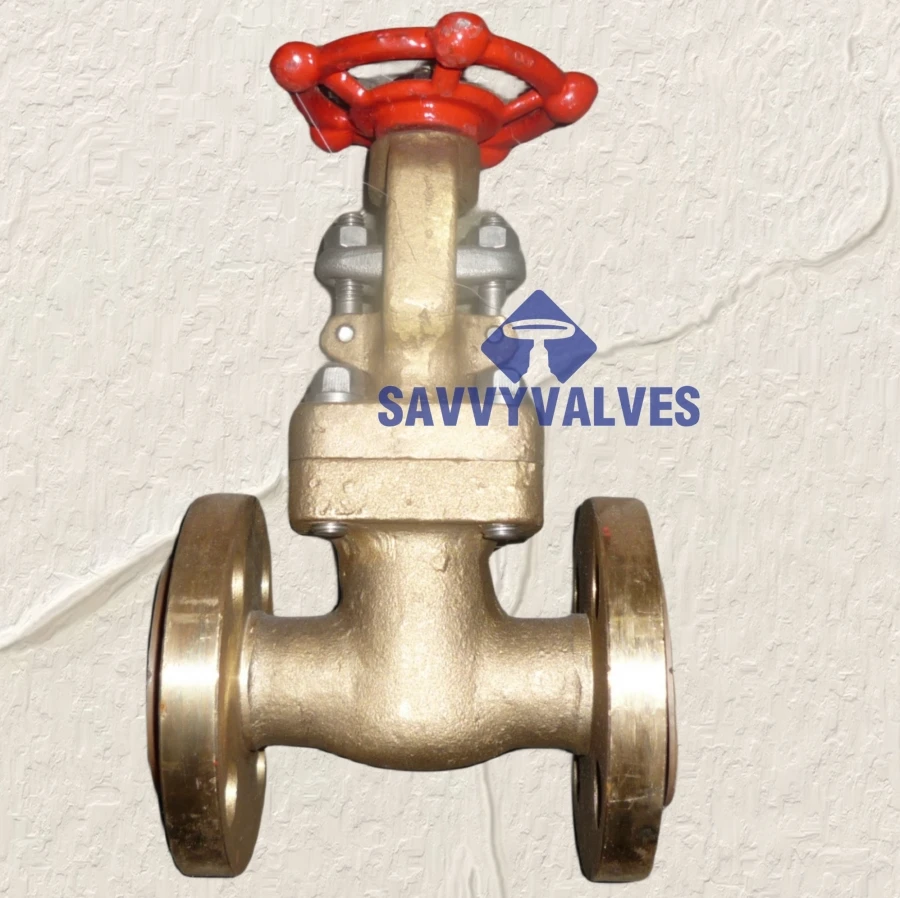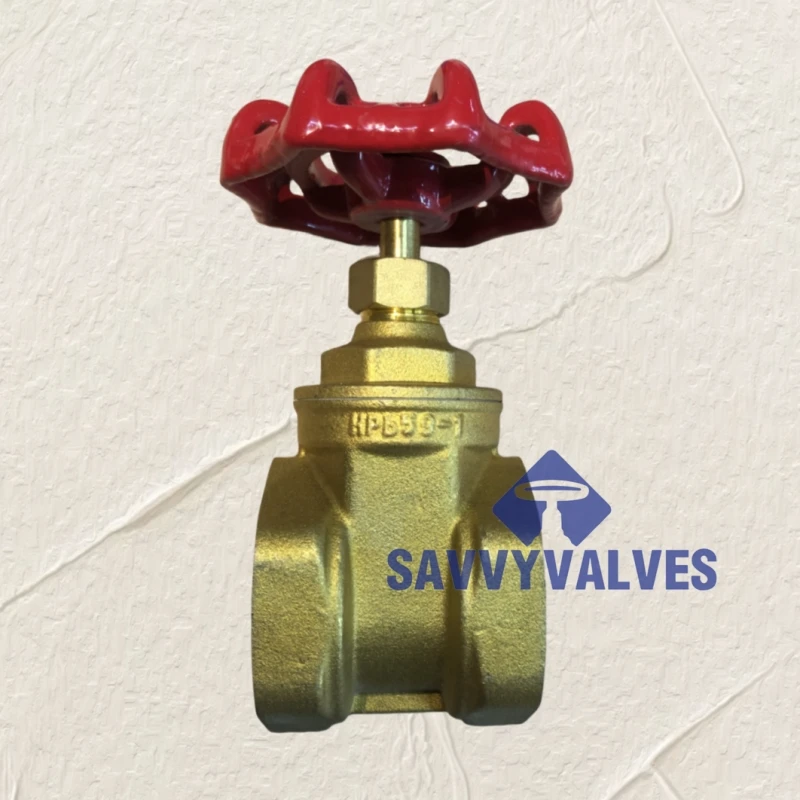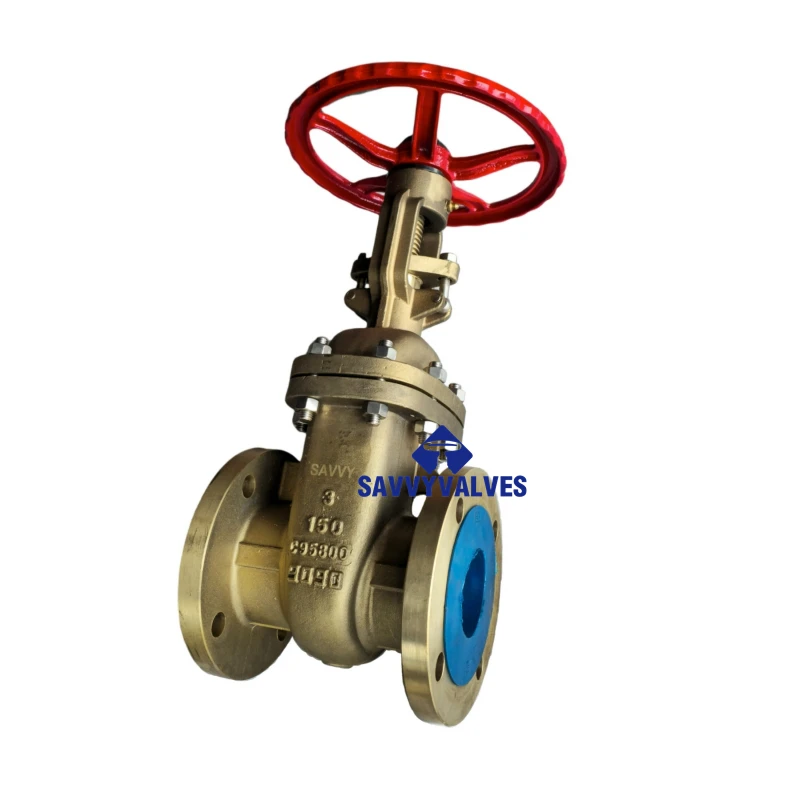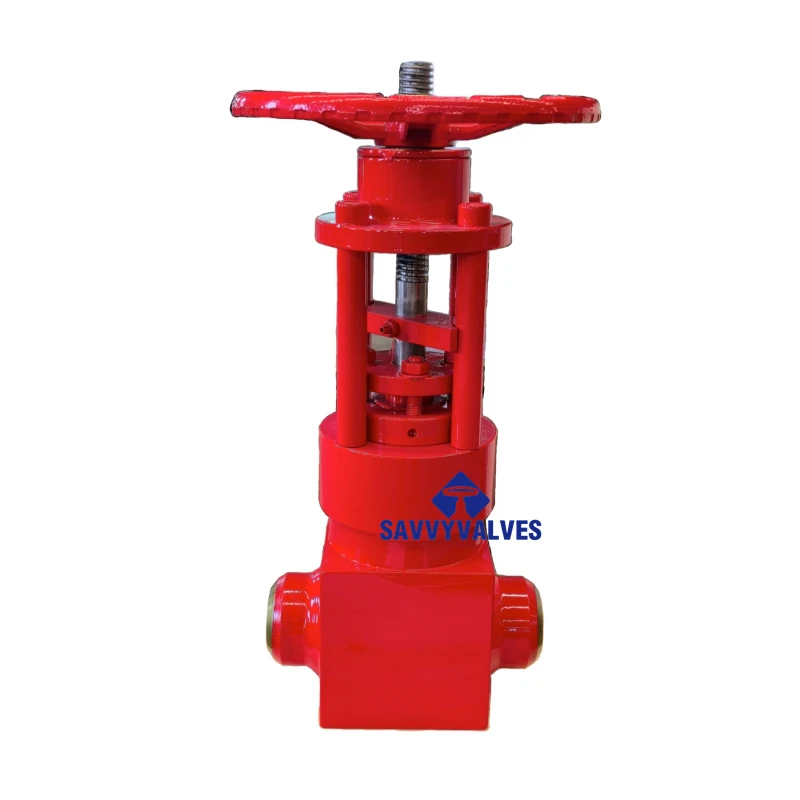válvulas de compuerta
-
LA FOTO MUESTRA LAS ESPECIFICACIONES A CONTINUACIÓN
TAMAÑO: 2″
CLASIFICACIÓN: 150 LB
CARROCERÍA Y CAPÓ: C95500
DISCO: C95500 SÓLIDO
VÁSTAGO: MONEL K500
ASIENTO: MONEL K500
ACCIONAMIENTO: RUEDA
-
LA FOTO MUESTRA LAS ESPECIFICACIONES A CONTINUACIÓN
TAMAÑO: DN15
CLASIFICACIÓN: PN16
CUERPO Y CAPÓ: LATÓN
DISCO: LATÓN
VÁSTAGO: LATÓN
ASIENTO: LATÓN
ACCIONAMIENTO: RUEDA
-
LA FOTO MUESTRA LAS ESPECIFICACIONES A CONTINUACIÓN
TAMAÑO: 2″
CLASIFICACIÓN: 150 LB
CARROCERÍA Y CAPÓ: B62
DISCO: B62, SÓLIDO
VÁSTAGO: ASTM A182 F316
ASIENTO: B62
ACCIONAMIENTO: RUEDA
-
Tamaño: 3" (DN80)
Clasificación de presión: 150LB (PN20)
Materiales clave:
Cuerpo/Bonete/Disco/Vástago: ASTM B148 C95800 (aleación de bronce de níquel-aluminio)
Asiento: Metal con metal integral
Diseño y operación:
Operación: Volante
Conexión final: Brida RF (cara elevada)
-
Tamaño: DN65 (2½")
Clasificación de presión: PN250 (Clase 1500)
Materiales clave:
Cuerpo y capó: ASTM A182 F11 (acero forjado al cromo-molibdeno, 1¼Cr-½Mo)
Cuña: ASTM A182 F11 + 13Cr Revestimiento duro (resistencia al desgaste mejorada)
Vástago: ASTM A182 F6a (acero inoxidable martensítico)
Asiento: Stellite 6 Hardfaced (resistencia superior a la erosión y al desgaste)
Operación: Volante (Accionamiento manual)
Conexión final: Soldadura a tope (BW) según ASME B16.25
A gate valve is a type of valve used to completely stop or allow flow in a pipeline by raising or lowering a solid barrier (the gate) into the path of the fluid. It is primarily designed for on/off control rather than flow regulation. When the valve is fully open, the gate is entirely lifted, allowing unobstructed flow with minimal pressure drop. When closed, the gate seals tightly to stop flow entirely. Gate valves are most effective in systems where the valve remains either fully open or fully closed for extended periods. They are not ideal for throttling purposes because the partially open gate can vibrate, causing wear and potentially damaging the valve. These valves are widely used in water supply systems, oil and gas pipelines, and industrial applications due to their robust construction and ability to handle high pressures and temperatures. Common materials include cast iron, stainless steel, and brass, with options tailored to specific media and environments. Gate valves are known for their durability, tight sealing, and long service life, making them a preferred choice in many heavy-duty applications.
- 1
- 2





